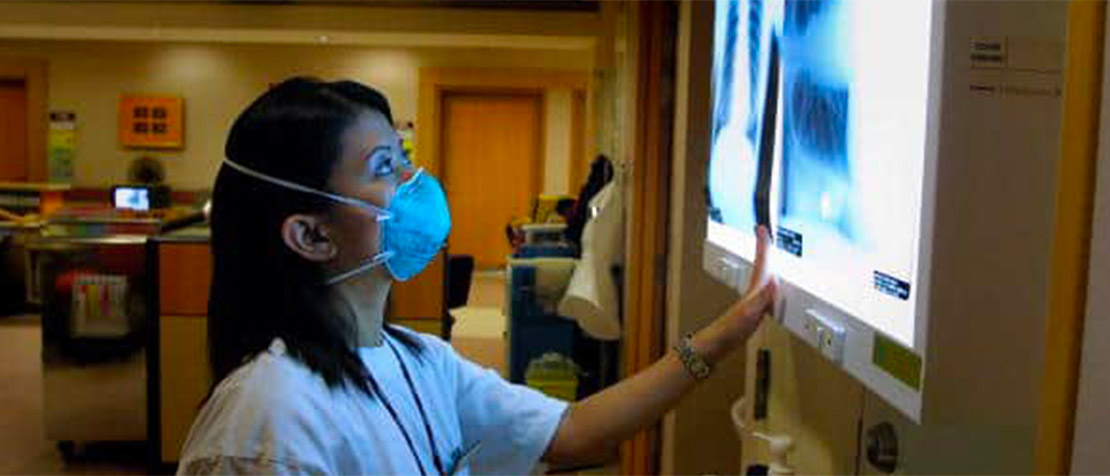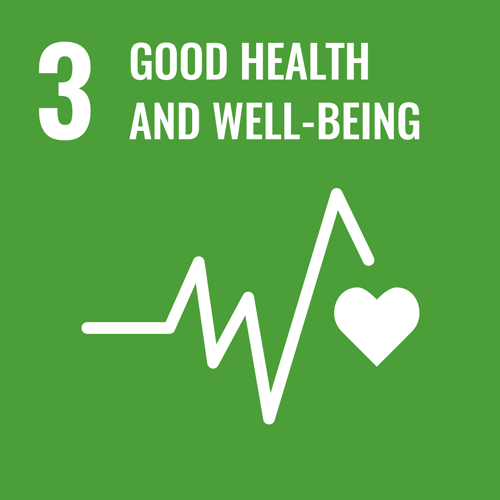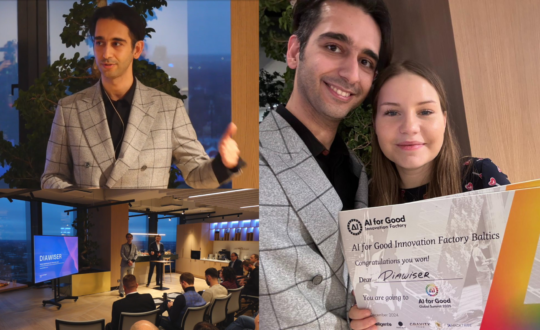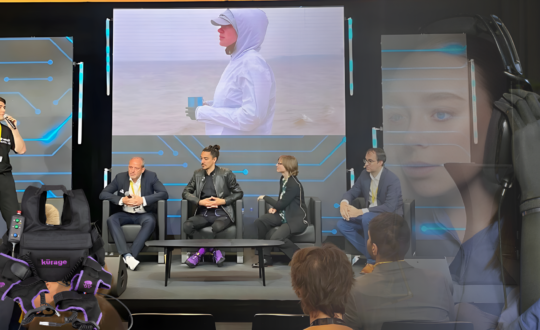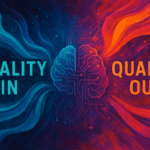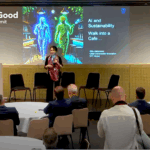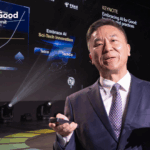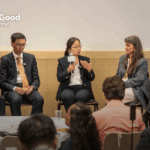Dr Nick Sireau finally found a way to save his children from decades of disabling pain: weed killer.
Dr Sireau’s two sons were born with Alkaptonuria, also known as Black Bone Disease, an ultra-rare genetic mutation which affects just 200 people worldwide. Left untreated, they would have been expected to develop severe early-onset osteoarthritis and have a significantly heightened risk of brittle bones and heart disease. But there was no medical treatment available on the market – so he went to find one. After a slow and expensive process, he found it: medication that had originally been developed as a weed killer.
But Dr Sireau’s story isn’t unique. There are 7,000 known rare diseases which affect some 400 million people worldwide. However, 95 per cent of these diseases do not have an approved treatment, and not everyone has the time and resources available to find a treatment themselves.
This is where artificial intelligence can help.
The boom of digital health tech
It is predicted that the healthcare landscape will completely shift in the next 10 years, driven by artificial intelligence and machine learning (AI/ML). By aggregating and analysing data from connected-home devices and medical records, healthcare systems will be able to deliver proactive and predictive medical care.
“Healthcare has gotten too complex for humans to do a good job; there are way too many diseases, way too many treatments, certainly if you factor in anything about genetics, or proteomics, or biomedics, it’s just way too much data for humans to be able to comprehend,” Professor Tom Davenport, President’s Distinguished Professor of Information Technology and Management at Babson College, Wellesley, USA, told ITU in an interview.
“AI, particularly machine learning, can deal with all of that data in a relatively straightforward form and make predictions about what diseases people are likely to have and what treatments are likely to be most effective,” he said.
In 2018, investments in health tech surpassed US$8.1 billion, with AI and machine learning driving over a quarter of the funds. Companies are testing a wide range of AI healthcare solutions, from drug discovery to diagnostics – and the results are promising.
Drug discovery for rare diseases
Dr Sireau’s story was the inspiration behind Healx, a healthcare startup that uses AI to predict and find treatments for rare diseases at scale using existing and approved medical treatments.
“We can find a disease where there is no treatment, crunch the data and make predictions… We’ve had a 100 percent success rate so far, which we didn’t expect.” – Tim Guilliams, Healx
To analyse a disease, Healx runs algorithms that look through the available data, such as clinical trial information, the models available to test the treatments, the number and quality of patient groups and how proactive they are. On the medication matching side, it’s the same thing; algorithms search and predict which existing medication is best suited to stop or reverse the disease.
12 years vs. 24 months
Using this method, the company aims to discover new treatments for rare diseases and move them towards clinical trials within 24 months. This is a lot quicker than the traditional model of discovery and clinical development of new medicines which takes an average of 12 years and costs an estimated US$ 2.6 billion. Moreover, only 12 per cent of new medicines brought through medical trial are approved.
“We can find a disease where there is no treatment, crunch the data and make predictions,” Guilliams said. “We’ve had a 100 percent success rate so far, which we didn’t expect.”
Working with medication that has already been approved reduces regulatory hurdles and speeds up the time to trial, making it possible for a treatment to happen in a couple of years, as opposed to a couple of decades.
“For Fragile X Syndrome, it took us 18 months to make the predictions, test them, get them ready for phase 2a clinical trial at a fraction of the cost,” Guilliams said.
The start-up aims to help get 100 rare disease treatments towards clinical trial by 2025. They are currently focusing on two disease clusters, rare neurological diseases and rare cancers, and plan to expand to a further two diseases within the next two years.
At-home diagnostics
According to the World Health Organization, there will be a global shortfall of 18 million health workers by 2030. AI can help reduce this challenge by helping doctors diagnose and assess patients with degenerative diseases such as cancer and Parkinson’s Disease quickly and efficiently.
“AI, particularly machine learning, can deal with all of that data in a relatively straightforward form and make predictions about what diseases people are likely to have and what treatments are likely to be most effective.” – Professor Tom Davenport, Babson College, Wellesley, USA
For instance, Medopad, an AI startup, has partnered with Chinese Internet company, Tencent, to develop an AI-powered ‘at home’ monitoring solution to assess the motor function of a Parkinson’s patient in a real-world setting.
“AI in healthcare is especially important as our healthcare system can’t cope with the increase in demand. We must move towards a ‘prevent not treat’ model with predictive medicine at its core,” a spokesperson for Medopad said in an interview.
Parkinson’s affects around 10 million people worldwide. It has a wide range of symptoms and is therefore difficult to diagnose and monitor as it progresses.
Medopad’s ‘at home’ solution monitors patients using wearable devices and a smartphone app. Machine learning is then used to spot patterns in the data.
“AI will take the burden off of clinicians and overstretched medical systems, while improving the lives of patients with Parkinson’s,” a Medopad spokesperson said. “As we begin to accumulate larger pools of data, the possibilities to better understand disease progression and risk become endless. Mobile technologies are so ubiquitous that each individual is becoming a data centre for their own health.”
For patients, the technology means that tests can be done at home with a carer or family member. For doctors, it can reduce the time necessary to evaluate the patient, thereby improving efficiency and reducing costs.
ITU’s role
For doctors and healthcare professionals, one of the next big challenges will be to adopt and integrate these new systems into daily clinical practice.
ITU’s Focus Group on AI for Health, a partnership with the World Health Organization (WHO), is empowering healthcare workers with AI solutions to achieve universal healthcare coverage. One of the group’s key goals is to establish a standardized assessment framework to evaluate AI-based methods for health, diagnosis, triage or treatment decisions.
ITU’s AI for Good Summit 2020 will look at how AI can help to achieve the United Nations Sustainable Development Goals.


